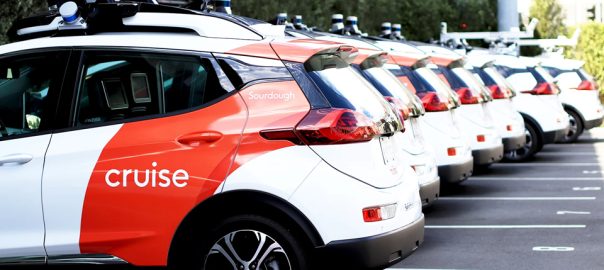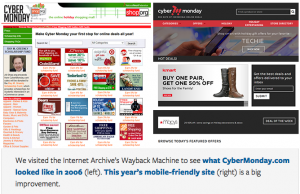GM said it will fold Cruise employees into existing teams. It’s unclear if there will be layoffs.
General Motors is pulling funding from robotaxi company Cruise in order to focus on its own autonomous and assisted-driving systems.
“Consistent with GM’s capital allocation priorities, GM will no longer fund Cruise’s robotaxi development work given the considerable time and resources that would be needed to scale the business, along with an increasingly competitive robotaxi market,” GM said in a press release.
GM said it will fold Cruise employees into existing teams. It’s unclear if it will result in layoffs. A GM spokesperson declined to share specifics.
GM will need to repurchase Cruise’s remaining shares. “Contingent upon the repurchase of these shares and Cruise board approval, GM will work with the Cruise leadership team to restructure and refocus Cruise’s operations,” a GM spokesperson said.
GM expects the restructuring to be completed the middle of next year.
“The Cruise board of directors and the Cruise leadership team are collaborating closely with GM on next steps,” Cruise CEO Marc Whitten said in a statement shared with Fast Company.
Cruise has been on a tumultuous journey since one of its robotaxis hit and dragged a pedestrian to the side of a street in San Francisco in October after the person was flung into its path. That crash led regulators to declare the cars a danger to public safety, leading Cruise to suspend its driverless cars nationwide.
The company went on a mission to restore public trust, hiring an outside law firm to conduct an investigation and shaking up executives, and has since resumed manual and supervised operations in Phoenix, Houston, and Dallas.
In August, it announced a multiyear partnership with Uber to deploy Cruise’s autonomous vehicles on its fleet starting next year. An Uber spokesperson didn’t immediately respond to a request for comment.
Founded over a decade ago by Kyle Vogt, Cruise rose to become one of the leaders of the autonomous car movement. The company, which retrofitted cars with sensors at the time, sold a majority stake to General Motors in 2016.

Cruise conducted its first driverless ride in San Francisco in 2020, and public riders could join the platform starting in 2022. Cruise officials said in August that the company operated about 300 vehicles at night and 100 during the day in San Francisco, according to the San Francisco Chronicle.
But it started facing pressure over repeated incidents where its vehicles would stop suddenly or obstruct emergency responses. Cruise was able to keep operating up until its reaction to the October crash was made public.
As Cruise struggled, Google’s autonomous-driving arm, Waymo, has flourished. Waymo said in June that nearly 300,000 people in San Francisco have signed up to ride on the platform since it first opened a waitlist. It now operates about 300 vehicles in the city and 400 in other markets.
ABOUT THE AUTHOR
(6)
Report Post



